By John A. Charles, Jr.
March 1, 2022
Rosanne Powell, Senior Board Manager
Portland Public School Board
P.O. Box 3107
Portland, OR 97208
Dear Ms. Powell,
Cascade Policy Institute is a non-profit policy research organization representing people throughout the state, including many in Portland. Cascade has published studies related to air quality, energy, and transportation. Please accept the following comments on the proposed PPS Climate Crisis Response, Climate Justice, and Sustainable Practices Policy.
Pillar 1, Goals 1.2 and 1.3: Prohibit the installation of fossil fuel infrastructure in all new buildings, and phase out fossil fuel infrastructure in all existing buildings by 2050.
This goal is apparently aimed at eliminating natural gas as a fuel in PPS schools. While it may succeed in preventing gas consumption directly at the building level, there will be little impact on GHG emissions overall, because natural gas is a large part of the electrical supply system.
As the chart below indicates, Oregon’s consumption of electricity is reliant on fossil fuels, and this reliance has actually increased since 2012. In that year, coal and natural gas accounted for 45% of electrical generation. In 2019, fossil fuel generation was up to 52%.
Major fuel sources for generating electricity used in Oregon 2012-2019
| Hydro | Coal | Natural Gas | Wind | Nuclear | |
| 2012 | 46.00% | 32.57% | 12.17% | 5.39% | 3.11% |
| 2013 | 41.17% | 35.07% | 14.16% | 5.61% | 3.19% |
| 2014 | 41.40% | 34.05% | 14.76% | 5.58% | 3.27% |
| 2015 | 39.11% | 33.53% | 16.58% | 6.57% | 3.03% |
| 2016 | 41.03% | 28.21% | 18.45% | 7.34% | 3.47% |
| 2017 | 44.81% | 26.09% | 19.31% | 4.98% | 3.02% |
| 2018 | 43.28% | 24.81% | 21.05% | 4.69% | 3.78% |
| 2019 | 37.23% | 27.45% | 24.80% | 4.86% | 3.50% |
| Percent Change | -19.00% | -15.72% | 103.78% | -9.83% | 12.54% |
Source: Oregon Department of Energy
If the PPS Board bans all fossil fuel infrastructure from school buildings, then the District will have to disconnect from PGE and create its own power generation and distribution system. Board members should think long and hard about the implications of such a commitment.
Pillar 1, Goal 1.2: PPS will maximize the reductions in GHG emissions from district operations, maintenance, and facilities management.
This section overlooks the cumulative impact of students charging laptops, cell phones, and other electronic devices on school property. Since the power grid is supported by fossil fuels, students should take on the responsibility to abstain from charging while on school grounds. PPS policy should incentivize this, and if necessary, require it. To help make this action public and perhaps even fun, school administrators should consider setting up a friendly competition among schools to see which school reaches 100% compliance first.
Pillar 1, Goal 1.4: PPS will minimize greenhouse gas emissions from student and staff transportation.
This section briefly mentions student commuting, but does nothing to reduce it. As you know, over the past half-century, the percentage of students walking to school has dropped substantially. This is not because streets have become less safe; it’s simply the result of students and parents choosing to drive more.
It’s time for the District to challenge that mentality. Simply talking about it is not enough. The District should consider banning all private vehicles from school property, with the exception of special events. This would ensure that students “walk the talk” regarding climate change.
Also, I see nothing in the proposed ordinance that directly addresses parking on PPS properties. Free parking sends the wrong message. An easy solution would be to enact a “cap and trade” policy for parking management.
To implement such a policy, the District would cap the total amount of parking on-site, and gradually reduce the number of stalls. At the same time, administrators would issue free permits to everyone currently using parking, and allow them to sell their permits to other drivers. Those who can most easily switch to walking, biking or transit would be incentivized to sell their permits and make some money. As parking stalls are retired, schools could convert them to other purposes.
Of course, as the cap declines, this would become more difficult, but that’s the point of any cap and trade program.
Implementation of this policy would be a good opportunity for staff to learn how “market-based” environmental policies work at the grass-roots level.
Goal 3.3: PPS staff will collaborate with students to create opportunities to engage youth in hands-on climate learning, preparation, and practice on a regular basis at all PPS schools.
One of the most important things for students to learn about regarding school energy consumption is how the electric utility grid works. Since PGE made a $250,000 donation to the Fund for Portland Public Schools for climate-related curriculum in 2020, perhaps the company would be willing to partner with PPS in developing a case study of why PGE has been unable to fully replace the 550 MW of firm electricity generated at the former Boardman coal plant that closed in 2020.
PGE agreed to the closure in 2010. However, despite having a decade of lead time to plan for alternatives, the only plan that the utility could come up with at the time of decommissioning was to buy some short-term hydro contracts, and spend more money on wind, solar and batteries.
As you probably know, this is not a long-term solution, because wind and solar are intermittent resources that don’t generate electricity most of the time. They have to be backed up by fast-acting fossil resources, typically natural gas generators. Therefore, the more reliant the NW power grid becomes on wind and solar, the more natural gas will be used.
It would be a useful exercise for students to learn about this dilemma by studying the trade-offs associated with one specific coal plant that was decommissioned as part of a climate change policy. Perhaps students at different schools could be challenged to come up with their own recommendations for how PGE should replace the electricity output formerly provided by Boardman. PGE might even be willing to incentivize student participation with cash prizes for the best proposals.
If students or faculty are interested in learning more about this topic, an excellent place to start would be with The Grid, a book written by Portland anthropologist Gretchen Bakke. This is a very readable account of how electricity is generated, transmitted, and distributed at grid scale, and delves into the challenges of integrating intermittent resources into a system that has to work 100% of the time. If there is such an interest, I would be happy to donate a few dozen copies of Dr. Bakke’s book to the District.
Sincerely,
John A. Charles, Jr.
President & CEO
Cascade Policy Institute
Portland, OR 97225
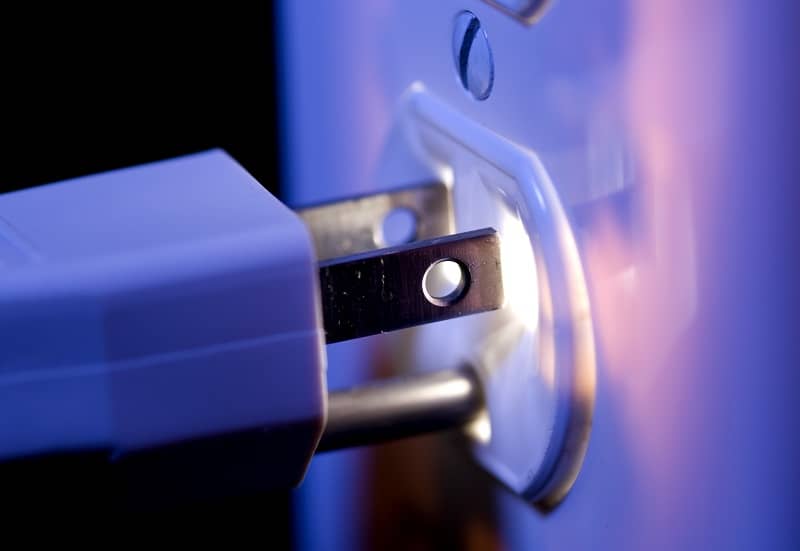

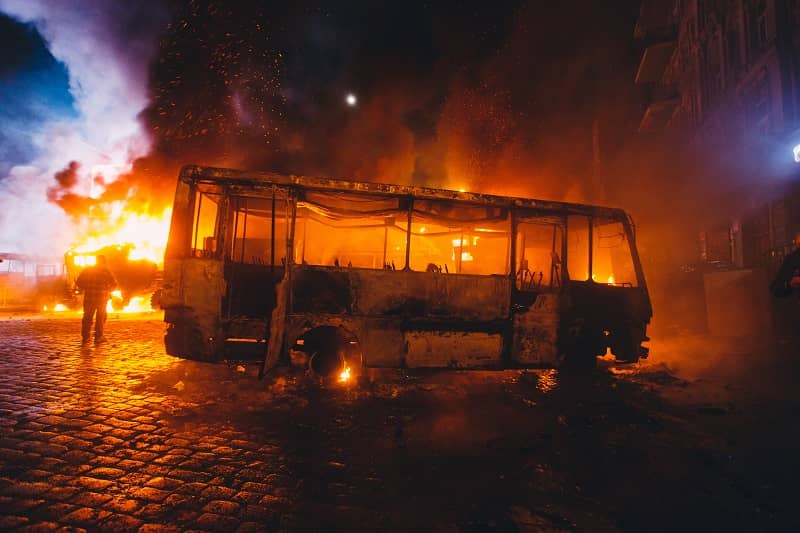
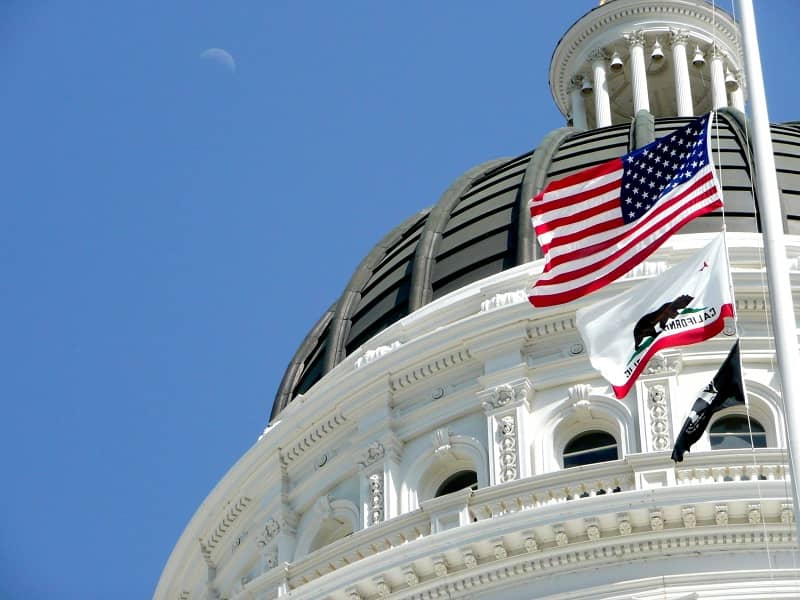



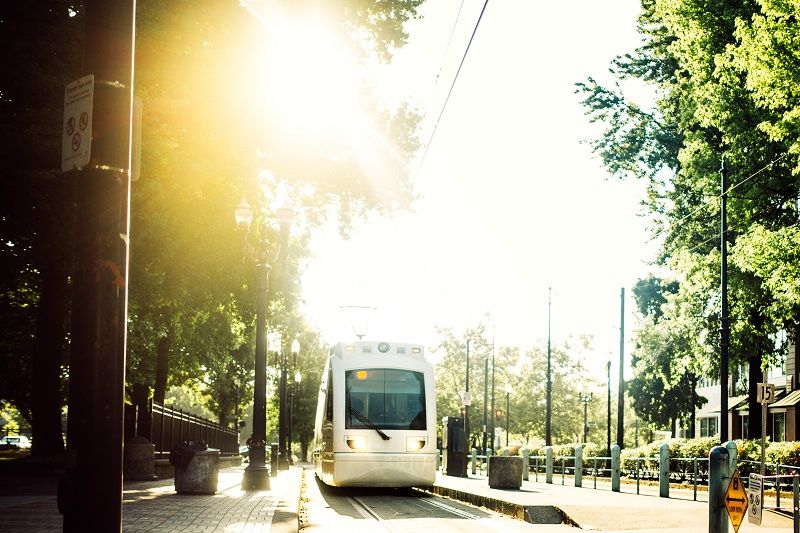

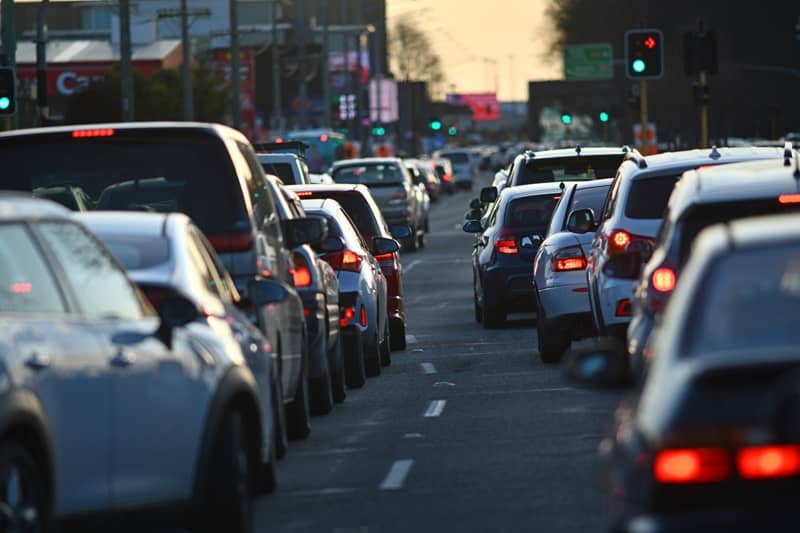



JANET FIGINI
If Natural Gas is eliminated as a source of electricity along with all the other sources such as coal burning and the use of dams on waterways, which is a good portion of the electricity we now presently enjoy in the Northwest we are going to be mighty cold in the winter and hot in the summer and we will be cooking over open fires which will make the air around us much more polluted than anything we now endure! Wake up and find something else to do that will account for the salaries you are paid
Damian Park
Hi John
Love the cap and trade idea for parking. Let’s hope some schools and other businesses and government agencies use that approach to deal with parking.
I wanted to clarify what you mean when you said: “Therefore, the more reliant the NW power grid becomes on wind and solar, the more natural gas will be used.”
I understand that backup generation is needed for unreliable sources. But suppose Oregon used 100% gas all the time from e.g. 10 power plants. If they then added some wind generation, wouldn’t overall gas generation necessarily decrease when the wind blows? Oregon would still maintain 10 gas plants, but they wouldn’t be used as often?
Also, why doesn’t Oregon use the hydro facilities to provide peak power rather than gas?